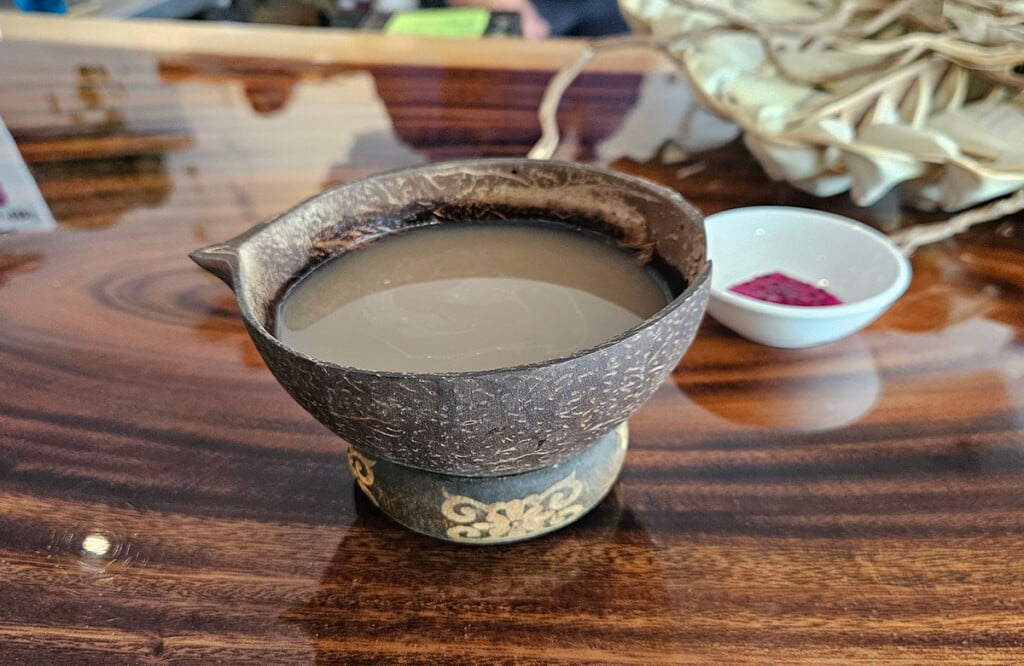Beware of Dangerous Plastics
Not all plastics are created equal. Learning what the numbers on the bottom of containers mean will help keep your family safe.
It is hard to believe summer break for the kids is over and it’s back to school. Avery has been anxious to get back to preschool after a one-week break. Ensen is very excited to be starting first grade this week and was extremely happy to see that the dreaded bean burrito appears to have been nixed from the cafeteria menu. I have to be honest, so were Kelly and I. Sorry, I digressed.
The focus of this week’s post is all about those tiny numbers on the bottom of all the plastic bottles and containers that inhabit our households. What do they mean and why does our City and County curbside recycling program only allow us to put plastics with the numbers 1 and 2 into the blue bin?
A quick Google search provided some answers. To make a long story short, the “good” plastics contain recyclable numbers 1, 2, 4, and 5, while experts recommends staying away from “bad” plastics containing the numbers 3, 6 and 7.
During the course of our research, we came across an informative story titled “Know Your Plastics” published on HealthyChild.org, which states:
Plastics are everywhere. Some are eco-friendly and appear to be very safe for kids. Most are made from non-renewable petroleum, much of which needs to be imported. Some plastics cause dangerous pollution during manufacturing, and some contain chemicals suspected of causing harm, especially to kids.
After reading about the different types of plastics, from PETE and HDPE, to PVC and PS, what became a clear concern to Kelly and me was PS or Polystyrene, labeled with the number 6 on the bottom and “Found in rigid plastics such as opaque plastic spoons and forks, and in Styrofoam, such as those found in coffee cups and meat trays.” PS can leach styrene, which is a neurotoxin that is known to cause health problems. Then there’s the “No. 7, Other” category, which should also be avoided.
This immediately led us to an afternoon of kitchen cleaning tossing out all of the plastic food containers, Styrofoam trays, and random bottles with the bad numbers. There were many, including our favorites from some popular name brands. We went to the store and bought some new containers to give us piece of mind.
The article also went on to recommend that, “Whatever plastics you choose, when microwaving food or drink, try to opt for glass or ceramic containers instead of plastic, where possible, and wax paper instead of plastic wrap.”
It makes sense to me, better safe than sorry. Now go ahead and check the bottoms of your containers. You might be surprised like us what you’ll find in the cupboards.
Nathan Kam is a Honolulu public relations executive, husband and a proud daddy of two incredible kids, Ensen (6) and Avery (3). He enjoys cooking, gardening, traveling, blogging and golfing. You can reach him via email, Twitter, Facebook, LinkedIn or via his personal Kam Family Blog.








